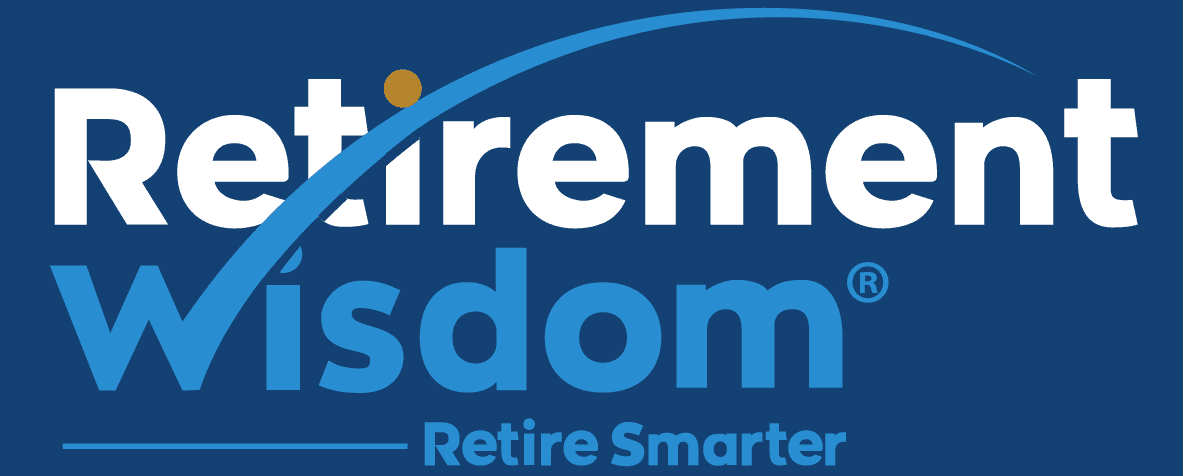By Joe Casey
Retirement is clearly changing. For many, it includes part-time work or a second career in the gig economy. For decades in the U.S., it was commonly seen as a period of leisure following a long career. But today, work is playing a larger role in retirement. And it’s for a variety of reasons, some driven by economics and some by the pursuit of satisfaction – or a mix of both. There’s a strong desire for options that provide more flexibility, reduced hours and a gradual transition to an exit from work at some point – a way to scale back from the grind, but stay engaged, too.
However, policies which were well-intended in an earlier era, now limit work options for retirees. And these legal complexities and are also contributing to a major shift in the nature of the employment relationship, with pros and cons for retirees. Significant trends are changing how both employees and employers think about retirement – and specifically working during retirement. Retirement has evolved from a one-time, permanent event to a gradual process, that in itself, contains multiple phases.
Living Longer and Working Longer
Overall, people in the U.S. are living longer. According to The National Center for Health Statistics, the average additional life expectancy in the U.S., after reaching age 65 in 1950 was 12.8 years for men and 15.0 for women. By 2014, it had increased to 18.0 additional years for men and 20.5 for women. And they want to work longer, too. Surveys show that 70 to 80% of Americans want to work in their retirement, in some fashion.
The Jobs – They Are A-Changin’
The financial crisis of 2008 has accelerated a change in the nature of employment itself, particularly for older workers. A Bloomberg View piece by Justin Fox last year noted that since the financial crisis, many traditional full-time jobs have not returned, but some have been replaced by alternative work arrangements in the so-called “gig economy” by consultants, contractors and part-time workers, who are often employed by a third party. A recent study found that there has been such strong growth in this area in the U.S. economy that nearly “all of the net employment growth in the U.S. economy from 2005 to 2015 appears to have occurred in alternative work arrangements” – and that growth in alternative work “has been sharpest for older workers, those 55 to 75 years old” (Katz and Krueger, 2016, p.7).
It’s good news that some progressive companies, and the Federal government, are implementing innovative flexible work arrangements for older workers, such as phased retirement, job sharing and retiree pools. But most older workers do not work for progressive companies, or for the government. And one study found that only as “31% of retirees who are working in retirement, do so with the same employer” (Rappaport, 2014b, p. 40). So most will need to build their own “bridge job” to retirement.
Simultaneously, organizations are showing strong demand for project-based work, which often aligns with the skills and experience of older workers, especially highly educated ones. This type of work fits with flexible arrangements and creates opportunities for older workers to build bridge jobs between the time they are eligible to retire and when they fully exit the workforce and/or are eligible for Medicare. Such arrangements also are more easily arranged informally or through third party employers, which sidesteps some of the legal and benefit plan roadblocks that concern companies. On the flip side, they usually come with reduced pay, a loss of the ability to continue to contribute to employer retirement plans and receive company medical (and other) benefits. The unclear fate of the Affordable Care Act adds uncertainty about how many who transition to this type of work will secure health care post COBRA coverage and before Medicare.
How You Can Take Charge – and Prepare
The reality is that more and more workers will need to take charge of their retirement transition and the role that work will play in their retirement. Just as the introduction of the 401k plan shifted financial responsibility, working in retirement today can be appealing, but it requires a great deal of initiative on the part of workers to ensure that they are well-prepared and competitive in the project-based economy. This newer “gig economy” provides opportunity, but downsides and challenges as well.
What can older workers who want or need to continue to work in retirement do to prepare?
- Stay Healthy. Building the right wellness and healthy lifestyle practices that can influence modifiable factors is the most critical step.
- Stay Current. The next most important area is keeping skill sets up to date and relevant to employers. That means a commitment to lifelong learning and taking advantage of neuroplasticity. It also means being open to new arenas where there is shifting demand and that may include retraining.
- Cultivate Strong Networks. Relationships and contacts play a crucial role, especially in the “gig economy.” For older workers that means investing time in building and maintaining their personal and professional networks. Since most of those working in retirement do so with new employers, older workers should attend to networks both within their organizations and externally.
- Engage Employers in Discussion. Organizations prefer certainty so that they can plan. Ted Beck recommends being transparent with employers about the desired end date when negotiating flexible work arrangements to reduce uncertainty for the employer.
- Plan Ahead. While the majority of people want to continue working, when their transition to retirement comes may not be up to them. For a variety of reasons, 49% of retirees surveyed retired years an average of 3 years earlier than they planned. It’s wise to have a back-up plan in place.
The best summary is the phrase “common sense is not common practice.” Thinking ahead, planning and preparing can give you a leg up and a viable “second act” in retirement.
References
Beck, T. (2017, March 19). How to get your employer to let you retire gradually. The Wall Street Journal. Retrieved at https://wsj.com
Cahill. K.E., Giandrea, M.D. & Quinn, J.F. (2015a). Retirement Patterns and the Macro economy, 1992–2010: The Prevalence and Determinants of Bridge Jobs, Phased Retirement, and Reentry Among Three Recent Cohorts of Older Americans. Gerontologist, 55(3): 384-
Fox, J. (2016, April 4). The gig economy is powered by old people. Retrieved from https://www.bloomberg.com/view/articles/2016-04-04/the-gig-economy-is-powered-by-old-people
Helman, R. Adams, N., Copeland, C. & VanDerhei, J. (2014, March). “The 2014 Retirement Confidence Survey: Confidence rebounds—for those with retirement plans,” EBRI Issue Brief, no. 397. Retrieved from
Johnson, R. W. (2011). Phased retirement and workplace flexibility for older adults: Opportunities and challenges. The ANNALS of the American Academy of Political and Social Science, 638(1), 68-85.
Katz, L.F and Krueger, A.B. (2016). The Rise and Nature of Alternative Work Arrangements in the United States, 1995-2015 (Working Paper No. 22667). National Bureau of Economic Research. Retrieved from https://www.nber.org/papers/w22667
Rappaport, A.M. (2014b). How Americans are managing postretirement risk and what employers should do to respond. Benefits Quarterly,30(4), 8-20.

